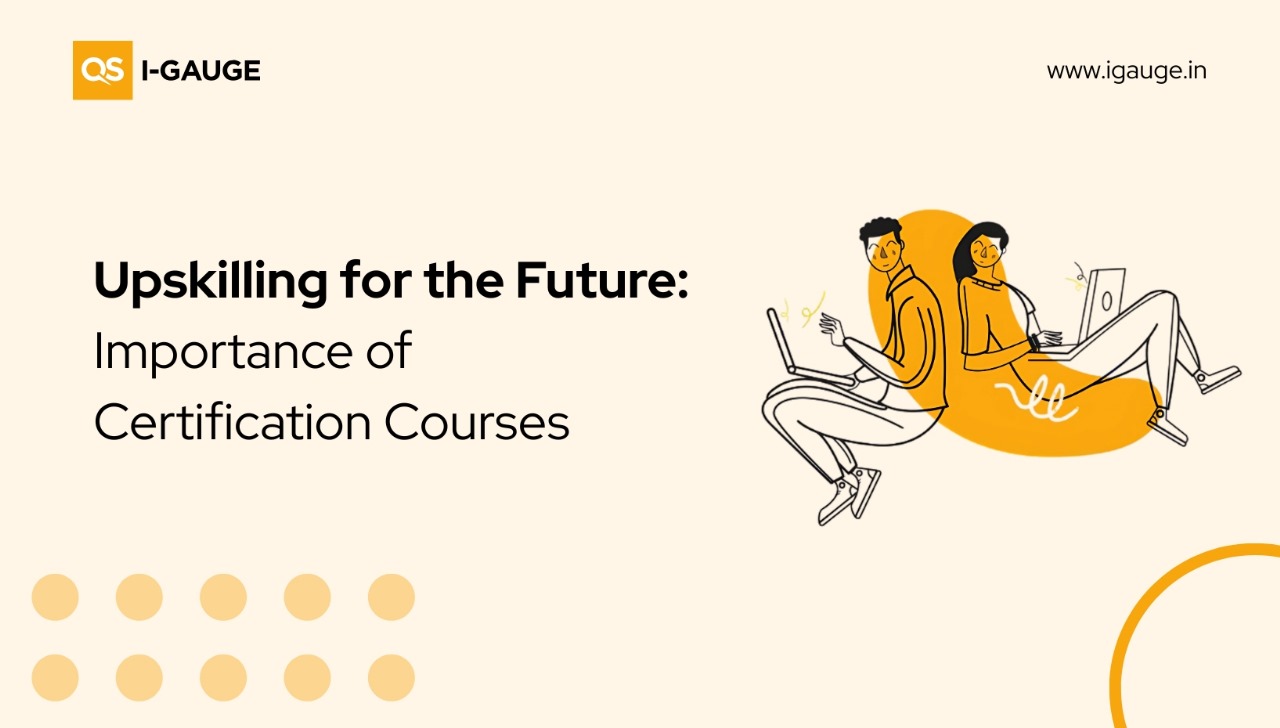
In the ever-evolving realm of education, the capacity to tackle issues with a problem-solving mindset stands as a pivotal skill for students. Whether confronted with academic hurdles, personal dilemmas, or future career complexities, possessing a robust problem-solving approach can greatly bolster an individual's adeptness in manoeuvring through challenges.
The purpose of this guide is to furnish students with practical tactics to nurture this indispensable skill.
Understanding the problem-solving mindset
A problem-solving mindset entails fostering the requisite skills and attitudes to adeptly address both academic and real-world challenges. Having a problem-solving mindset involves being proactive, willing to face challenges, and resilient in overcoming setbacks.
Steps to develop this mindset:
- Approach each challenge with a positive mindset - Rather than perceiving problems as hurdles, regard them as chances to transform your outlook. Start by reframing both your language and attitude. Instead of expressing limitations with ‘I can't,’ shift towards embracing challenges as valuable learning opportunities. Cultivate a growth mindset by believing that skills can be honed through dedication and hard work.
- Identify and define the problem clearly – Dedicate time to fully comprehend the issue at hand. Break down complex problems into smaller, more manageable segments, and consider the following questions:
A. What is the specific problem?
B. Why is it problematic?
C. What could be the consequences if left unresolved?
Remember, a well-defined problem is halfway solved. This stage entails collecting all pertinent details and deconstructing the problem into its fundamental parts. This approach not only sheds light on the situation but also helps in simplifying the perceived complexity of the issue.
- Map out solutions - After clearly identifying the issue, the next step is brainstorming various solutions, encouraging creativity, and exploring unconventional options. Techniques like mind mapping or the SCAMPER method can be helpful. Evaluate each solution for feasibility, impact, and resources by creating pros and cons lists to choose the most effective resolution.
The SCAMPER method is a tool for promoting creativity and problem-solving by generating new ideas and innovations. SCAMPER stands for Substitute, Combine, Adapt, Modify, Put to another use, Eliminate, and Rearrange.
A. Substitute: Replace part of a product, process, or idea to see if it changes the outcome.
B. Combine: Blend elements to innovate and create new entities or enhance existing products/concepts.
C. Adapt: Revise the current product, process, or concept to meet a new requirement or improve functionality.
D. Modify: Adjust size or attributes to improve a product.
E. Put to another use: Utilise a product idea for a different purpose.
F. Eliminate: Simplify by removing features.
G. Rearrange: Rearrange components for new possibilities, like reversing process steps for efficiency.
Once the best solution is chosen, the implementation of it becomes pivotal. Craft a comprehensive plan considering the required resources, anticipate potential challenges, and strategise on overcoming them. A meticulously designed plan significantly enhances the prospects of successful implementation.
- Evaluate and gain insights from the outcome - After you've put the solution into action, it's important to pause and reflect on the results. Evaluate what was successful and what wasn't. This reflective practice is crucial for ongoing growth and learning, enabling the creation of more effective strategies for upcoming challenges.
- Finally, value time and focus on staying abreast of things - Time stands as the most precious asset at our disposal. Utilising existing solutions to address challenges can not only save significant time but also effectively resolve them. In preparation for future obstacles, acquiring knowledge of new tools, resources, and solutions becomes imperative. Therefore, the pursuit of learning remains an ongoing and indispensable process.
Here are some effective ways to cultivate a problem-solving mindset
- Inquisitiveness and innovative thinking: Desire to understand problems. Cultivate curiosity by inquiring, seeking new knowledge, and embracing diverse viewpoints. Enhanced learning equips individuals to address obstacles effectively. Educators play a pivotal role in encouraging innovative thinking and the exploration of non-traditional problem-solving approaches.
- Analytical Thinking: Break down complex issues. Participate in activities that foster critical thinking, such as extensive reading, engaging in debates, and solving puzzles or playing strategic games. These endeavours enhance the capacity for logical and strategic thinking.
- Persistence and Resilience: Ability to persist through setbacks. Challenges often bring setbacks, but having resilience enables you to overcome them. To enhance your resilience, focus on maintaining a positive attitude, embrace failures, create effective stress-coping mechanisms, and use failures as learning opportunities instead of letting them demotivate you.
- Collaboration and effective communication: Collaboration can offer fresh perspectives and innovative ideas that may elude individual contemplation. Engaging with peers, consulting mentors, and engaging in collaborative projects can yield unexplored solutions. This collaborative approach not only enriches problem-solving capabilities but also fosters effective communication and teamwork skills.
- Practice consistently: Similar to honing any skill, problem-solving proficiency is enhanced through consistent practice. Actively pursue problem-solving opportunities in academic tasks, extracurricular engagements, or personal endeavours. The frequency of practice directly correlates with the level of expertise attained in navigating diverse challenges.
Activities that can help students develop a problem-solving mindset
In an institutional setting, educators can:
- Engage students with strategy games, brainteasers, and logical problems.
- Conduct collaborative experiments and projects to foster teamwork and innovative problem-solving.
- Provide access to resources such as books, online courses, and other materials that foster problem-solving skills.
- Analyse relevant case studies to apply theoretical knowledge practically.
- Utilise educational applications and AI-enabled interactive simulations to experiment with various solutions in a controlled setting, thereby improving problem-solving capabilities.
- Encourage students to actively participate in extracurricular activities, competitions, and problem-solving clubs.
Additionally, educators and parents can:
- Exhibit proficient problem-solving skills in daily scenarios.
- Offer encouragement and assistance, emphasising effort and advancement.
- Acknowledge endeavours and advancements in problem-solving, placing emphasis on the process rather than solely the outcomes.
Summary
Cultivating a problem-solving mindset is an ongoing effort that requires dedication and practice. This approach enhances academic and personal achievements while preparing students to tackle future challenges and opportunities in a dynamic environment.
Disclaimer:
The blog is curated by referring to various credible sources and does not necessarily reflect the opinions or positions of QS I-GAUGE. The information provided is for general informational purposes only. Readers are advised to conduct their own research and seek professional advice before making any decisions.
Read more:
https://medium.com/ignited-minds/approach-a-problem-with-this-mindset-d1c0c0325674
https://www.linkedin.com/pulse/problem-mindset-5-ways-improve-your-approach-himanshu-tandon/




